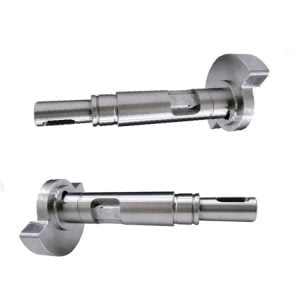Traditionally, magnesium alloys are mainly prepared for molding using die-casting. Die casting is a method in which a high temperature molten alloy solution is pressed into a mold and then molded after the solution has cooled and solidified. The disadvantage of this casting method is that the prepared alloy does not have a high enough strength.
The lightweighting of automobiles and rail transportation can significantly improve fuel efficiency and greatly reduce CO2 emissions. Magnesium is attracting attention as a new generation of light metal structural material.
Magnesium, the next generation material replacing aluminum alloy
If it were a conventional aluminum alloy material, the weight of this component would be about 2.5 kg. And the reason why Professor Kamata can lift it easily, magnesium has a specific gravity of about 2/3 of aluminum, and is the lightest metal structure material.
In addition to the Shinkansen-based railroad vehicles, aluminum alloys, which are both high-strength and lightweight, are used in a large number of transportation equipment such as automobiles and airplanes.
While the lighter magnesium alloy material is attracting attention and expanding its application in the field of computer and camera frame, etc., the application in the field of transportation equipment has not yet made breakthrough progress.
This is because magnesium alloys are difficult to make into plates and bars because of their low strength and poor machinability at room temperature. For this reason, Prof. Kamato has started to develop a thermally ductile magnesium alloy that is as easy to machine as aluminum alloys.













